Heading to Cuba? From Hemingway’s house to Che Guevara’s mausoleum, here are some of the most notable landmarks and historical sites to see.
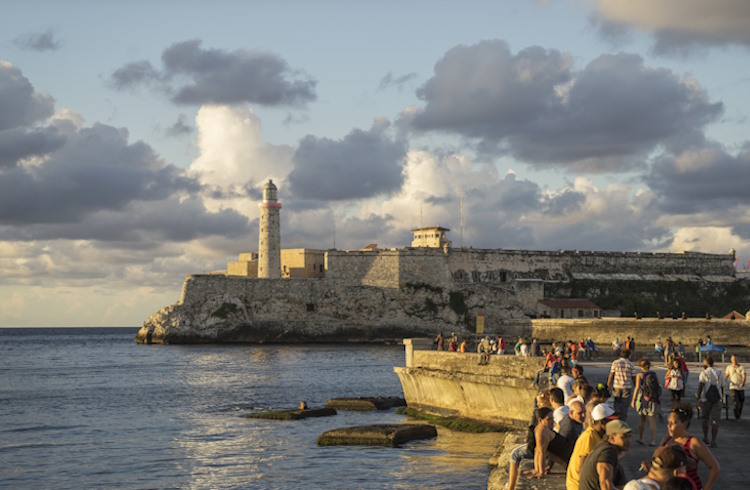 Photo © Getty Images / Buena Vista Images
Photo © Getty Images / Buena Vista Images
Cuba’s history has been shaped by conquest, colonialism, dictatorship, and revolution, and all these events have left their mark. With more than 500 years of history and its fair share of action, Cuba has an abundance of historic sites across the island. Here are our top choices.
- Museo de la Revolución
- Hemingway’s House, Finca Vigia
- Fortresses of El Morro and La Cabaña
- José Martí Memorial and Plaza de la Revolución
- Che Guevara Mausoleum
- Trinidad
- Playa Girón
Museo de la Revolución (La Habana)
When many people think of Cuba, they think of revolution, and there’s no better place to learn about it than at Havana’s Museo de la Revolución. Housed inside the opulent former Presidential Palace, the museum is a fascinating collection of exhibits about various aspects of Cuban history, particularly events leading up to, during, and following Castro’s revolution. The ground floor also contains interesting exhibits on the life of Cuba’s revolutionary icon, Ernesto “Che” Guevara, and there is an outdoor section with military tanks and airplanes. While some displays are only presented in Spanish, others are also translated into English.
Hemingway’s House, Finca Vigia (La Habana)
For more than two decades, American author Ernest Hemingway lived at the Finca Vigia ("Lookout House"), where he wrote several of his classic novels, including For Whom the Bell Tolls and The Old Man and the Sea. Now a museum featuring Hemingway's original furniture, artwork, memorabilia, and 9,000 of his books, the site is at risk of collapse due to geotechnical instability, constant humidity, and severe wind and rain that battered it during multiple hurricanes. Even those who aren’t fans of Hemingway will appreciate the beauty of the site, its massive shady trees, and the friendly, everyday neighborhood that surrounds it.
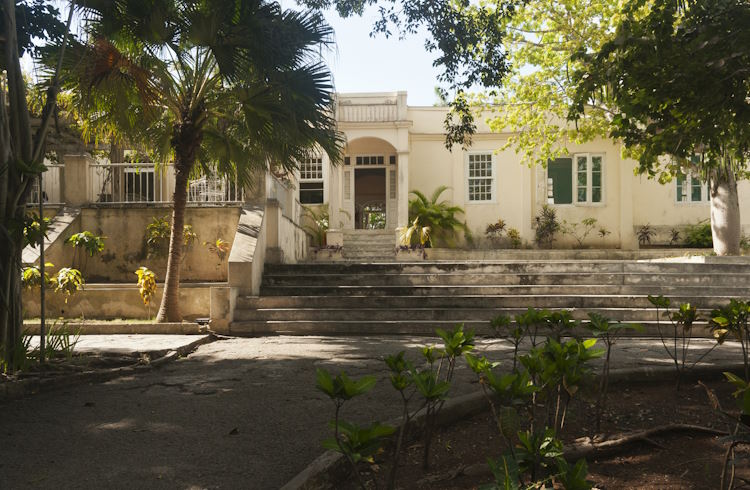
Fortresses of El Morro and La Cabaña (La Habana)
Two imposing fortresses guard the entrance to Havana’s harbor: El Castillo de los Tres Reyes del Morro (better known as “El Morro”) and La Fortaleza de San Carlos de la Cabaña (aka “La Cabaña). Built in the late 16th century to protect the city against pirates, El Morro is a picturesque castle with a working lighthouse and a handful of mini museums.
Next door, the sprawling La Cabaña dates from the 18th century and is known for being Che Guevara’s command post in 1959. Every night, an honor guard decked out in 18th-century military dress fires one of the fort's canons, creating a deafening blast for huge crowds of tourists. Yes, it’s gimmicky, but it’s also a fun outing, and if you arrive before dark, you’re treated to sweeping views of the city and its coastline.
José Martí Memorial and Plaza de la Revolución (La Habana)
Havana’s enormous Plaza de la Revolución just might be the most photographed site in Havana. The massive images of Che Guevarra and the lesser known (to non-Cubans, at least) Camillo Cienfuegos on the Ministry of the Interior on the north side of the Plaza have decorated photos well before social media made them even more popular. Dominating the south side of the Plaza is the memorial to José Martí, one of Cuba’s most beloved figures; a poet, journalist, and martyr of Cuba’s struggle for independence from Spain. The memorial incorporates a 56ft (17m) marble statue of Martí at the bottom, and a tower with a museum inside. The observation level also offers panoramic views of the city.

Che Guevara Mausoleum (Villa Clara Province)
To visit the final resting place of Che Guevara, head to the city of Santa Clara, known as “The City of Che” in the Villa Clara province. Here, a stunning mausoleum houses the remains of the Argentine-born revolutionary and 29 others killed alongside him during a 1967 attempt to spark a Marxist uprising in Bolivia. The museum and mausoleum opened in 1988, but Che’s remains, and those of six other guerilla fighters, weren’t identified in Bolivia and returned to Cuba until 1997. At that point, they were given full burials with full military honors and their bodies were buried under the mausoleum.
An enormous bronze sculpture of “Che” stands above the site, and inside, you’ll find the somber mausoleum and a museum dedicated to Che Guevara’s life. The museum includes a collection of his belongings, such as his rifle, medical certificates, field binoculars, and pictures of him smoking his famous cigars, relaxing, playing golf, and more.
Trinidad (Sancti Spiritu Province)
The city of Trinidad is a historic site, as the entire town, and the nearby Valle de los Ingenios (Valley of the Sugar Mills) is a UNESCO World Heritage Site. Trinidad was founded in the early 16th century in honor of the Holy Trinity (Trinidad), and it was a strategic site in the conquest of the American continent. The city is considered a triumph in historic preservation, as its pastel-colored homes, mansions, churches, and cobblestone streets make up one of the best collections of colonial architecture in all the Americas. Many of its 18th- and 19th-century buildings were built in its days of prosperity from the sugar trade, such as the Palacio Brunet and the Palacio Cantero which now houses a municipal history museum and offers spectacular views of the city.
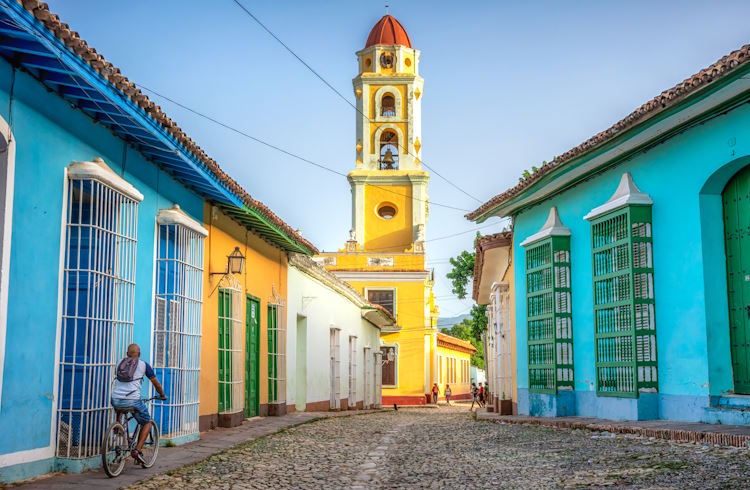
Playa Girón (Mantanzas Province)
Today, Playa Girón (Girón Beach) is famous for its superb scuba diving, snorkeling, and relaxed beach lifestyle – a great daytrip from Havana that Cubans associate with a relaxing vacation. Americans, however, know the site as the Bay of Pigs, where the failed CIA-backed military invasion that took place in 1961. The state has erected a museum here that documents the botched invasion, where exhibits use colorful language to describe how the “American mercenaries” were no match for the “valiant heroes” in Cuba. The language can get a bit over the top, but it’s interesting to read about the battle from the perspective of Cubans, which differs greatly from what you’ll read in American museums and textbooks.
The museum underwent a substantial renovation a few years ago but, unfortunately, the shiny new exhibits weren’t translated into English, and translators are rarely available. What is translated is a short, fascinating film that’s screened in the back of the museum that documents the invasion and its impact on the area.
Related articles
Simple and flexible travel insurance
You can buy at home or while traveling, and claim online from anywhere in the world. With 150+ adventure activities covered and 24/7 emergency assistance.
Get a quote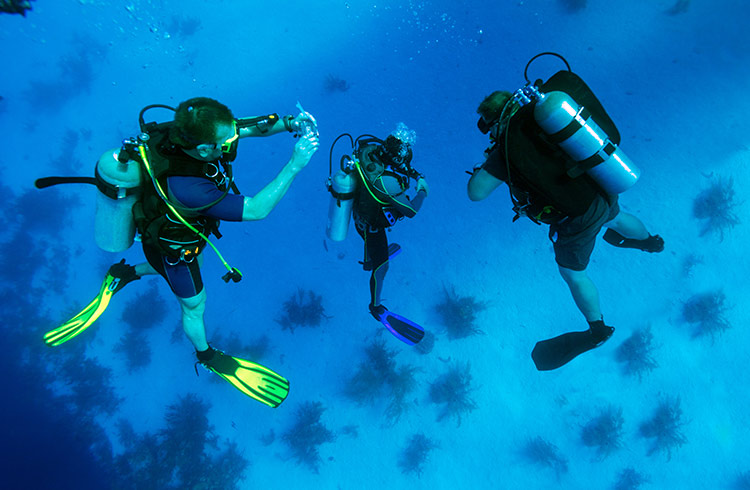

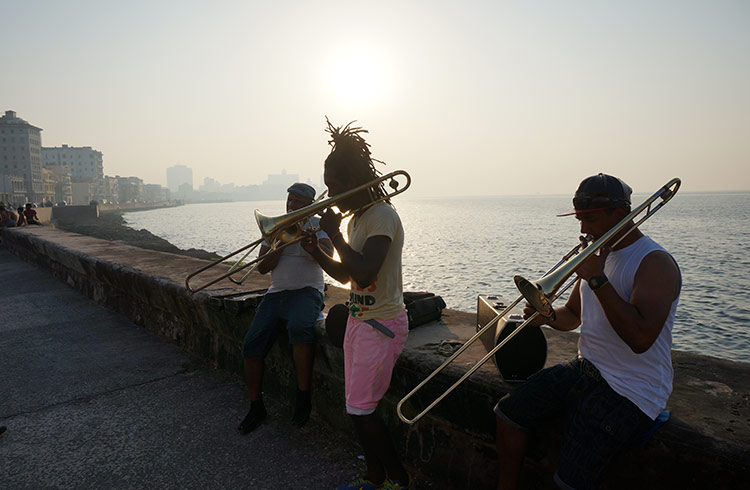
1 Comment
I am doing a school project about Cuba... This really helped! Thank you so much!